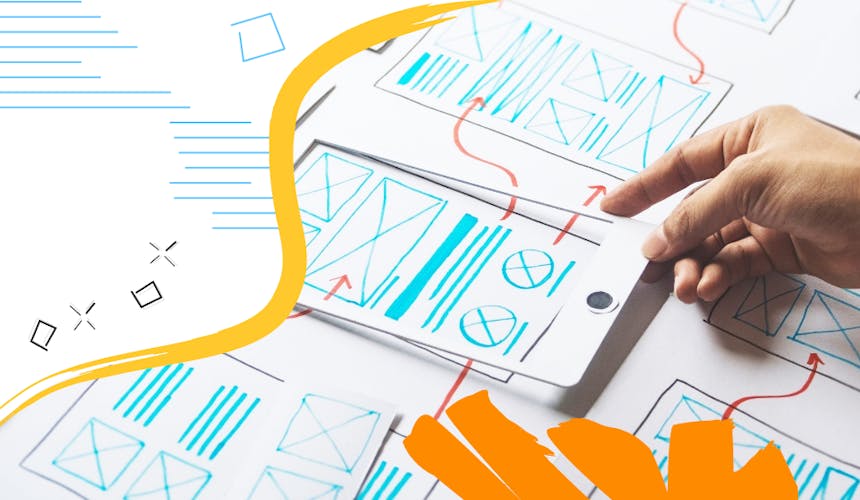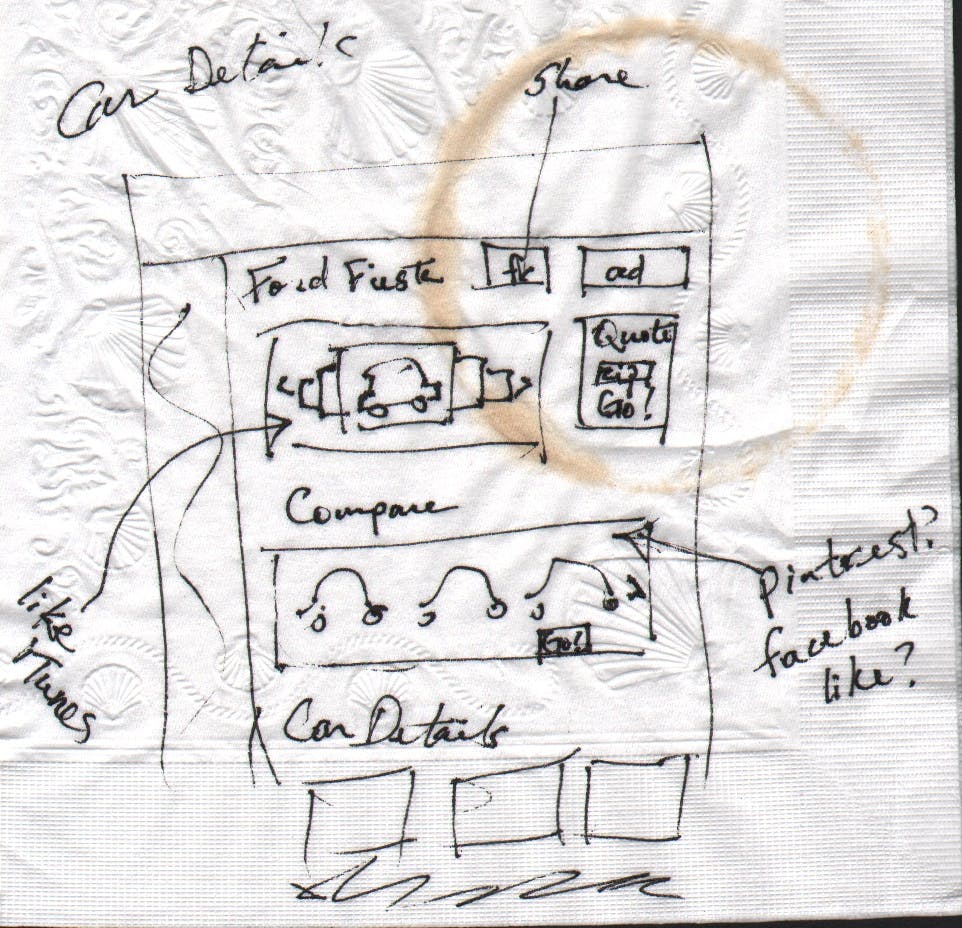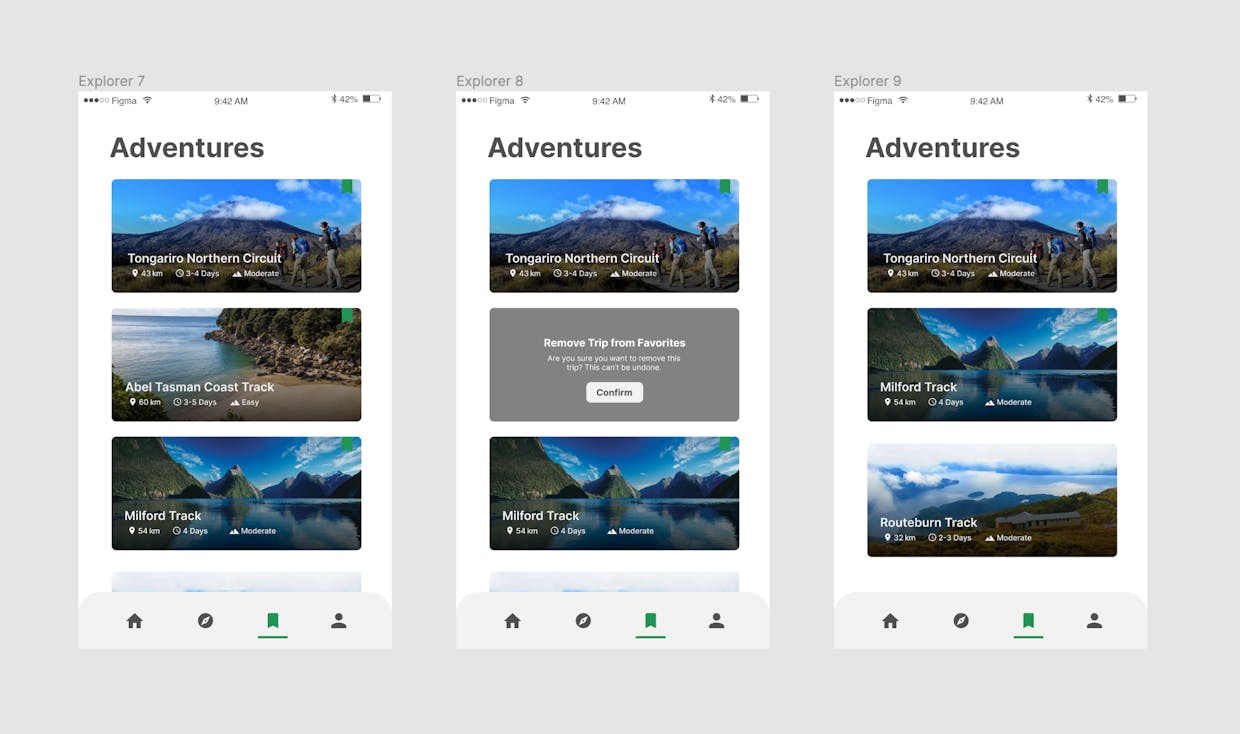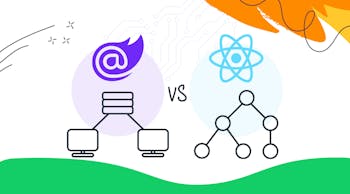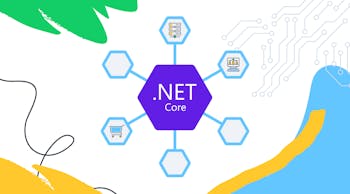Building an application prototype will help you ensure that you deliver the right product to your customers, at the lowest cost, and with the fastest delivery timeline.
We frequently get involved with customers late in their product development journey. They have a great idea for their software. They start building the software. And when they deliver that software to their customers they realize that the need for what they built isn’t quite aligned. Also, without a clear vision for their product, they find that they are constantly having to invest in their product development effort over the course of several software adjustments. This is costly and time-consuming and rarely guarantees success with the software being built.
